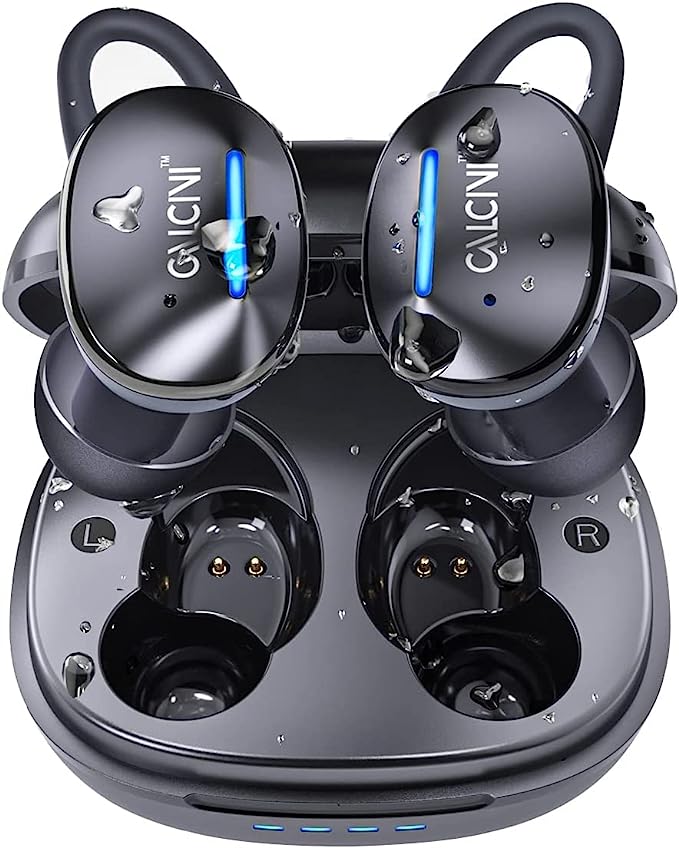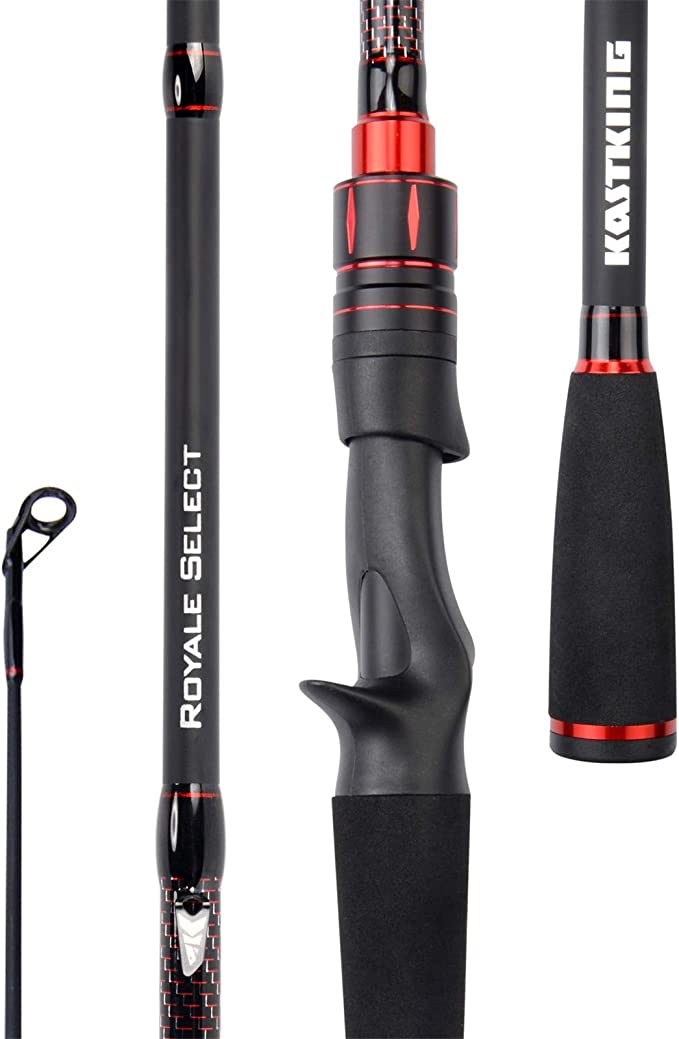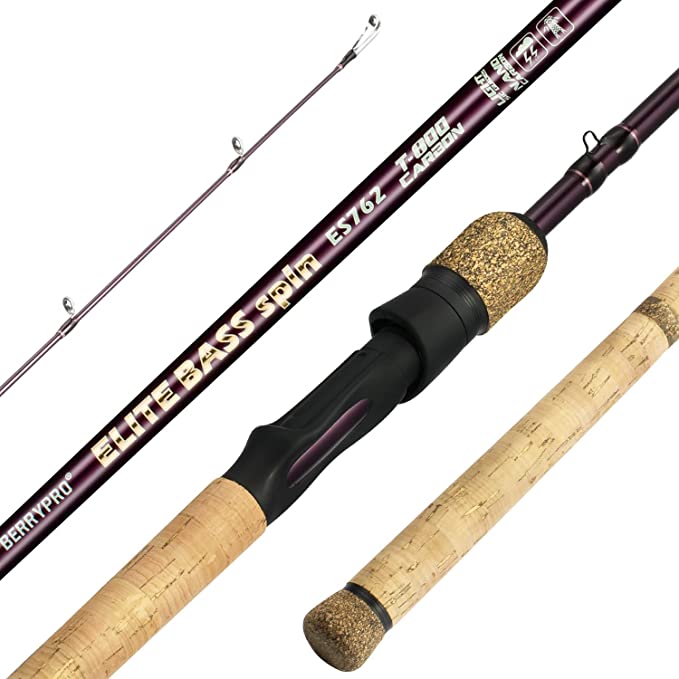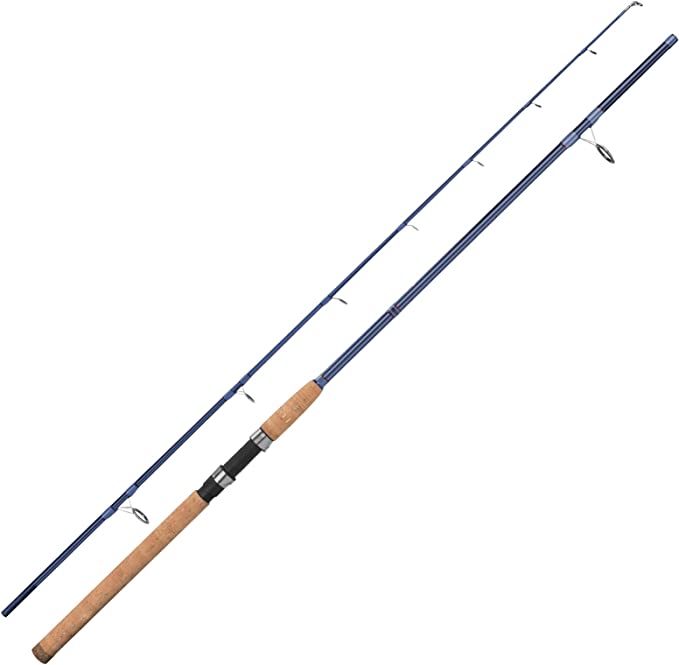The Architecture of Air: Analyzing TPU Pneumatic Beams in Modern Family Tents
Update on Nov. 19, 2025, 3:41 p.m.
For decades, the silhouette of the campsite has been defined by the tension of fiberglass and the rigidity of aluminum. The ritual of threading shock-corded poles through nylon sleeves is as ingrained in camping culture as the campfire itself. However, a structural paradigm shift is underway. The emergence of Pneumatic Architecture—tents supported by pressurized air rather than solid skeletons—is challenging the traditional notions of stability and ease.
To understand why seasoned campers are trading metal for air, we must look beyond the novelty of “5-minute setups” and examine the engineering principles at play. By analyzing systems like the Corani Inflatable Tent, we can dissect the material science of Thermoplastic Polyurethane (TPU) and the physics of flexible load-bearing structures to see why air might just be the strongest element in your gear kit.

The Material Science: TPU vs. The World
The skepticism surrounding inflatable tents usually stems from experiences with cheap PVC pool toys. However, modern expedition-grade inflatables rely on Thermoplastic Polyurethane (TPU). Unlike PVC, which becomes brittle in the cold and prone to UV degradation, TPU retains high elasticity and abrasion resistance across a wide temperature spectrum.
In the context of the Corani tent, the TPU air pillars function as pressurized structural beams. * Molecular Memory: TPU possesses a high shear strength and elasticity. When inflated to the optimal PSI (typically 6-8 PSI for tents of this volume), the beam becomes rigid enough to support the heavy polyester canopy but retains the ability to flex. * Failure Modes: Traditional poles have a catastrophic failure mode: they snap or bend permanently under excessive load (snow or wind). An air beam has a resilient failure mode. Under extreme wind load, it deforms (bends) to shed the wind energy and then instantly springs back to its original shape once the gust passes. It is a structure designed to yield, not break.

Volume Optimization: The “Vertical Wall” Advantage
Geometric limitations plague traditional dome tents. To maintain structural tension with poles, walls must curve aggressively inward, significantly reducing the Usable Internal Volume. You might have a large footprint, but you can only stand in the dead center.
Pneumatic architecture liberates design from these constraints. Because air beams can be pre-formed into specific arches with near-vertical segments, the Corani tent achieves a “cabin-style” profile with dimensions of 169”L x 108”W. * Headroom Efficiency: With a peak height of 78 inches (6.5 feet) carried across a broader section of the tent, the habitable volume is maximized. This isn’t just luxury; it’s ergonomics. It allows for the use of full-sized cots and vertical movement, transforming the tent from a sleeping pod into a functional living space. * Static Load: The rectangular footprint and vertical walls do catch more wind than a geodesic dome, which makes the guy-line triangulation critical. The integrated wind ropes transfer the lateral load from the high-profile walls down to the steel stakes, anchoring the lightweight air frame to the ground mass.

Environmental Management: Hydrostatics and Ventilation
A tent is essentially a micro-climate controller. The Corani utilizes a 100% Polyester shell with a PU (Polyurethane) Coating, achieving a 2000mm Hydrostatic Head Rating. In engineering terms, this means a column of water 2 meters high could sit on the fabric before leakage occurs. This is sufficient for moderate to heavy rain, positioning it firmly as a 3-season shelter.
However, the enemy of large tents is not always rain; it is Condensation. A waterproof tent is, by definition, an airtight bag. Without airflow, human respiration (releasing roughly 1 liter of water vapor per person per night) creates a “rainforest effect” inside. * Cross-Ventilation Dynamics: The layout of 6 windows and 2 doors is a mechanical solution to this thermodynamic problem. By enabling cross-drafts, the design utilizes convective cooling. As warm, moist air rises, it can be flushed out by cooler air entering from opposing openings. This passive air exchange is vital for maintaining the insulation value of sleeping bags, which degrades when damp.
The Logistics of Deployment
The “5-minute setup” claim is more than marketing; it is a calculation of kinetic efficiency. Traditional setups require fine motor skills (threading poles) and often multiple people to tension the structure. Pneumatic setup is a gross motor skill operation: stake corners, connect pump, compress air.
For family campers or solo parents, this reduction in cognitive load and physical complexity at the campsite—often after a long drive or in fading light—is a tangible performance metric. It shifts the energy expenditure from “building camp” to “enjoying the environment.”

Conclusion: The Evolution of Soft Shelters
The transition to inflatable tents mirrors the evolution in other outdoor gear, from tires to sleeping pads: using air to do the heavy lifting. The Corani Inflatable Tent exemplifies this shift, validating that stability does not require rigidity.
By leveraging the material properties of TPU and the structural benefits of pneumatic pressure, it offers a solution that is surprisingly more resilient in dynamic weather than many rigid counterparts, while offering a superior habitable volume. For the modern basecamp, air is indeed the ultimate structural element.



















